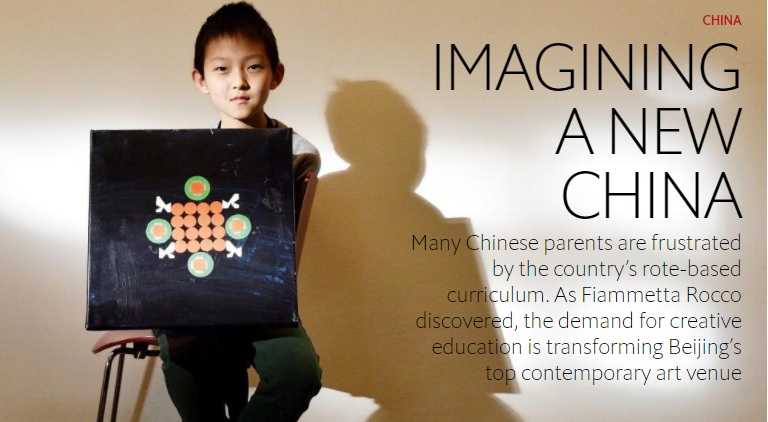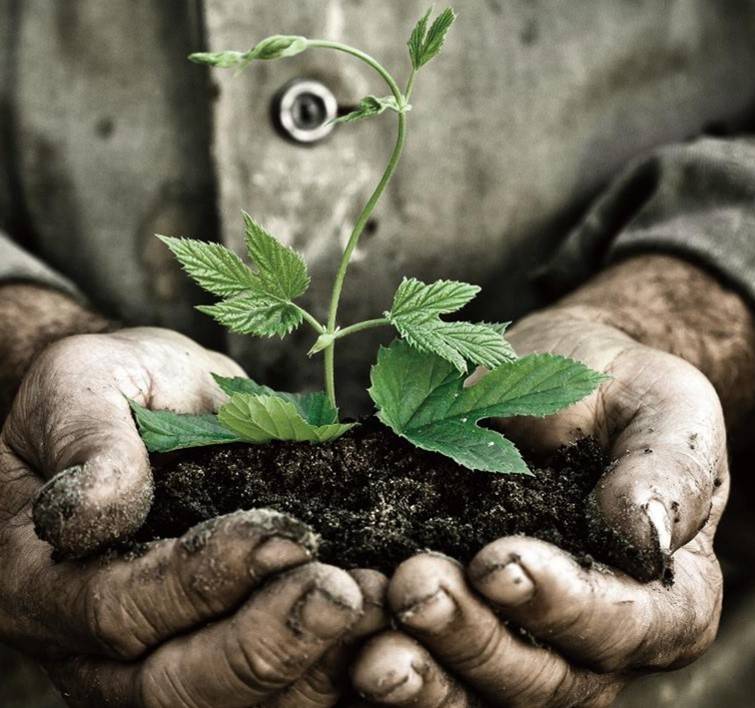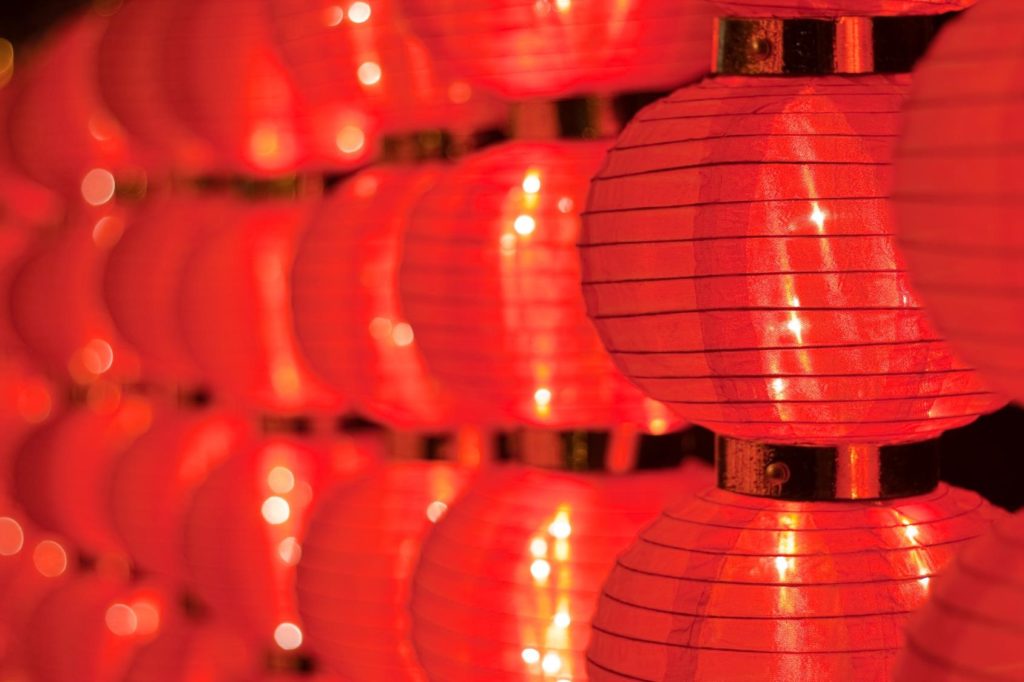《经济学人》:未来中国的艺术教育

以下文章为《经济学人》对云月乐学平台旗下投资的尤伦斯当代艺术中心的教育报道 FIAMMETTA ROCCO | […]
老恒和匠心品质助力金砖国际会议

2017-09-05 老恒和 云月滋味平台 – 湖州老恒和酿造有限公司 十 […]
小小世界,用爱守望

2017-08-30 YeeHoO英氏 云月婴童平台 – 小星辰品牌集团及旗 […]
The Year of the Rooster

The most important event of the first quarter for our t […]
Celebration of a strong 2016

This Chinese New Year, we celebrate the 15th anniversar […]
The crystal ball: Predictions for 2017
From LPs looking for realizations from GPs as well as p […]
November E-Commerce Sales Show Strong Consumer
As we enter the year-end holiday season, the world’s tw […]
破解中小企业投融资难题
2016年8月18-19日,2016股权交易商大会在黑龙江省齐齐哈尔市成功举办。云月投资合伙人、中国/北京股权 […]
中国新一轮的婴儿潮
随着城市化的发展以及人均消费水平的不断增长,正在崛起的中产阶级将对中国未来的经济产生深远的影响。根据麦肯锡的调 […]
家庭至上的中国消费者
在致力于将经济重心由出口及制造业转移之际,中国仍然保持着不断提高的可支配收入及较低的失业率,使人们对于消费业的 […]
